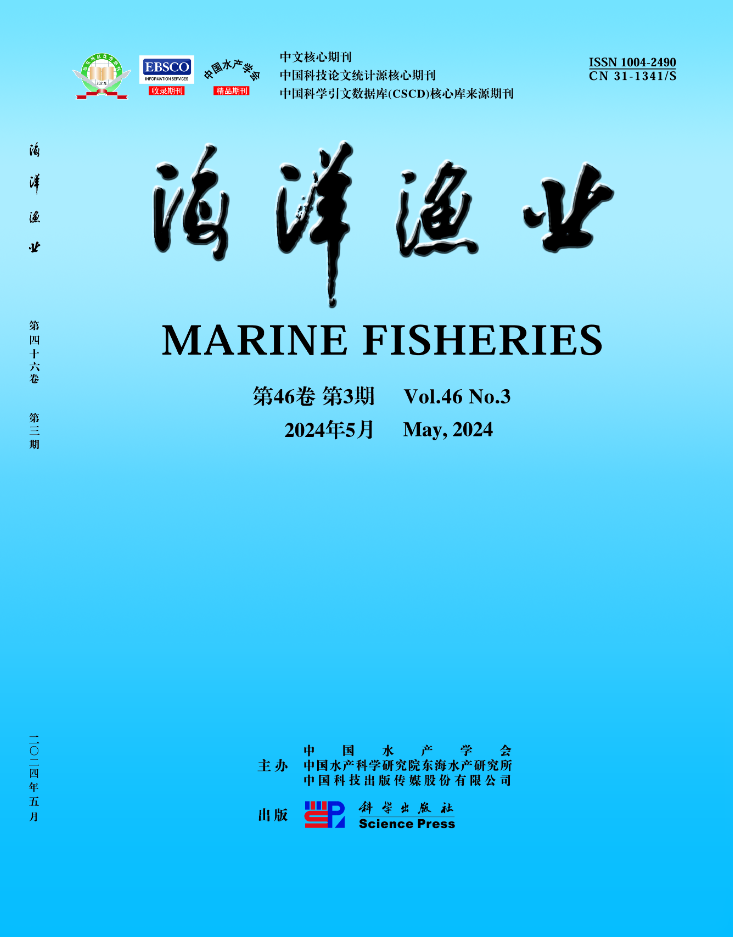作为一种捕鱼工具,动物带的特性是
引用次数: 0
摘要
Agel绳的机械性能(断裂强度和伸长率)低于合成纤维绳。壳聚糖涂层有望改善凝胶绳的力学性能。研究了壳聚糖浸泡对凝胶绳物理力学性能的影响,并考察了涂覆凝胶绳在淡水和海水中浸泡后的断裂强度和伸长率。本实验研究在IPB大学渔业资源利用系渔具技术实验室和林产工程系林产工程实验室进行。实验采用直径为3mm的两种agel绳,包括对照绳和agel绳,在1%壳聚糖中浸泡24小时。对照绳呈浅棕色,坚硬,粗糙,而处理过的绳颜色较深,不那么坚硬,光滑。对照绳和处理绳的断裂强度差异显著(P<0.05),分别为15.06 kgf和24.54 kgf。两种绳子的伸长率也有显著差异(P<0.05),对照组的伸长率为10.56%,处理组为18.04%。浸泡28天后,凝胶绳的断裂强度下降了50%。关键词:凝胶绳;壳聚糖;断裂强度本文章由计算机程序翻译,如有差异,请以英文原文为准。
KARAKTERISTIK TALI AGEL BERKITOSAN SEBAGAI BAHAN ALAT PENANGKAPAN IKAN
Agel ropes have lower mechanical properties (breaking strength and elongation) than synthetic fiber ropes. Chitosan coating is expected to improve the mechanical properties of agel ropes. The aims of this study are to investigate the effect of immersion in chitosan on the physical and mechanical properties of agel ropes, and to examine the breaking strength and elongation of coated agel ropes after being soaked in both freshwater and seawater. This experimental study was conducted at the Laboratory of Fishing Gear Technology, Department of Fisheries Resources Utilization IPB University, and Laboratory of Forest Product Engineering, Department of Forest Products IPB University. The experiment involved 3 mm in diameter of two agel ropes incorporating control rope and agel rope soaked in 1% chitosan for 24 hours. The control rope was light brown, stiff, and rough, while the treated rope was darker, less stiff, and smoother. The breaking strength of control and treated rope was significantly different (P<0.05), which in respect constitute 15.06 kgf and 24.54 kgf. The elongation of both ropes were also significantly different (P<0.05), making 10,56% for control and 18,04% for treated rope. Breaking strength of the agel rope decreased by 50% after being immersed for 28 days.
Keywords: agel rope, chitosan, breaking strength, elongation
求助全文
通过发布文献求助,成功后即可免费获取论文全文。
去求助
来源期刊
自引率
0.00%
发文量
4336
期刊介绍:
“Marine Fisheries”started publication in 1979, it mainly covers original research papers and reviews on basic theories and applications of aquaculture and fisheries, including marine biology, mariculture and reproduction, aquatic diseases and prevention, nutrition and feed of aquatic organisms, fishery ecology and environmental protection, development and conservation of marine fishery resources, fishing tools and methods, preservation and comprehensive utilization of aquatic products, fishery machinery and instruments.

 求助内容:
求助内容: 应助结果提醒方式:
应助结果提醒方式:


